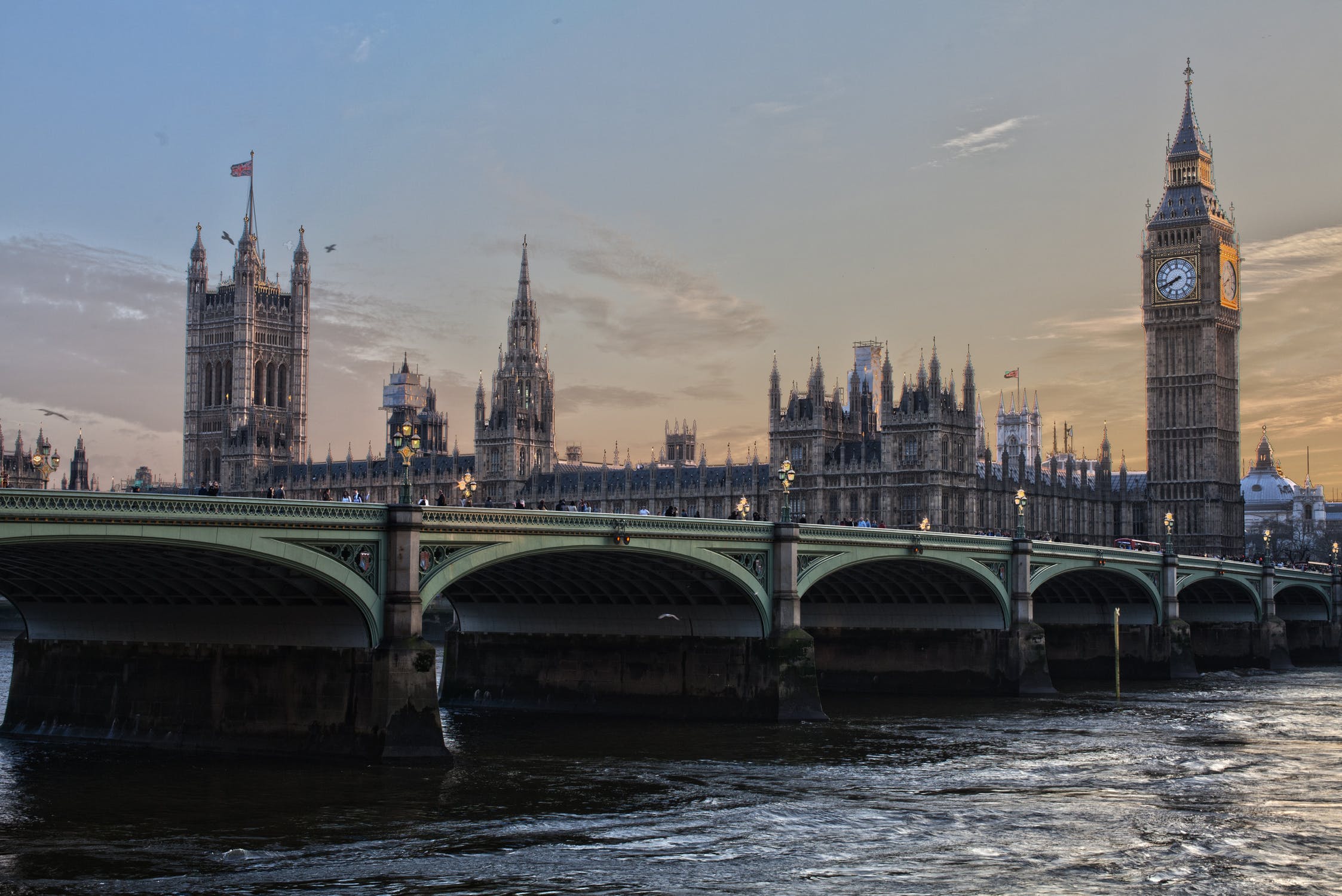The government has estimated that it would cost a total of £181.4bn to reverse the state pension age (SPA) for women back to 60 between now and 2025/26.
A Department for Work and Pensions (DWP) report found that it would cost £188.4bn in additional state pension costs and £9.9bn in “other pensioner benefits”, such as Pension Credit.
This would be slightly offset by a £16.9bn saving in working age benefits.
The judicial review into whether women born in the 1950s were sufficiently communicated with regarding the changes to their state pension age is currently underway.
The campaign group responsible for the review, Backto60, has been campaigning for the SPA for women to be rolled back to 60.
DWP’s analysis replaces a previous cost estimate, published in 2016, which estimated the cost of undoing the (SPA) for women between 2010/11 and 2020/21 would be £77bn.
It stated that the reasons for the difference were the different time periods assessed, “the £77bn figure covered the state pension only”, the lower figure “assumed no uprating of the state pension” and the £77bn was calculated before the new state pension was introduced.
The government also estimated the cost of reversing the 1995 and 2011 acts regarding state pension age for men at £33.8bn. This comprises £17.6bn in state pension benefits, £19.4bn in “other pensioner benefits”, while being partially offset by a £3.2bn saving in working age benefits.
Latest News
-
Borrowers jumped gun ahead of December rate cut – Twenty7tec
-
FCA stops Verus Financial Services from conducting regulated activities
-
IHT receipts reach £5.8bn in eight months to November
-
Perspective Financial Group acquires Prosser Knowles
-
Over half of UK savers relying on non-pension assets for retirement
-
Bank of England cuts interest rates to 3.75%
Perenna and the long-term fixed mortgage market

Content editor, Dan McGrath, spoke to head of product, proposition and distribution at Perenna, John Davison, to explore the long-term fixed mortgage market, the role that Perenna plays in this sector and the impact of the recent Autumn Budget
The role of the bridging market and technology usage in the industry
Content editor, Dan McGrath, sat down with chief operating officer at Black & White Bridging, Damien Druce, and head of development finance at Empire Global Finance, Pete Williams, to explore the role of the bridging sector, the role of AI across the industry and how the property market has fared in the Labour Government’s first year in office.
NEW BUILD IN FOCUS - NEW EPISODE OF THE MORTGAGE INSIDER PODCAST, OUT NOW

Figures from the National House-Building Council saw Q1 2025 register a 36% increase in new homes built across the UK compared with the same period last year, representing a striking development for the first-time buyer market. But with the higher cost of building, ongoing planning challenges and new and changing regulations, how sustainable is this growth? And what does it mean for brokers?
Does the North-South divide still exist in the UK housing market?

What do the most expensive parts of the country reveal about shifting demand? And why is the Manchester housing market now outperforming many southern counterparts?
In this episode of the Barclays Mortgage Insider Podcast, host Phil Spencer is joined by Lucian Cook, Head of Research at Savills, and Ross Jones, founder of Home Financial and Evolve Commercial Finance, to explore how regional trends are redefining the UK housing, mortgage and buy-to-let markets.
In this episode of the Barclays Mortgage Insider Podcast, host Phil Spencer is joined by Lucian Cook, Head of Research at Savills, and Ross Jones, founder of Home Financial and Evolve Commercial Finance, to explore how regional trends are redefining the UK housing, mortgage and buy-to-let markets.
© 2019 Perspective Publishing Privacy & Cookies










Recent Stories